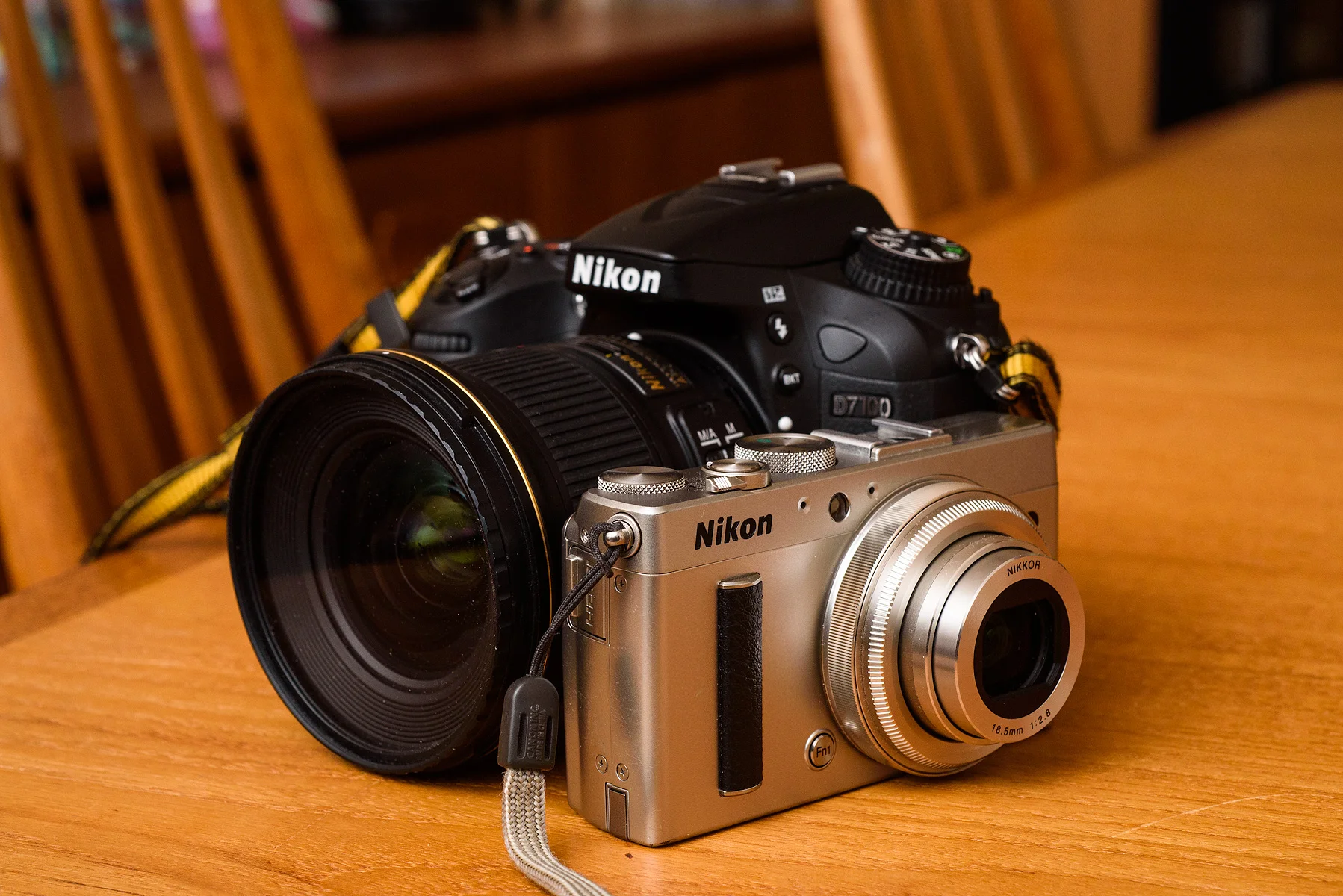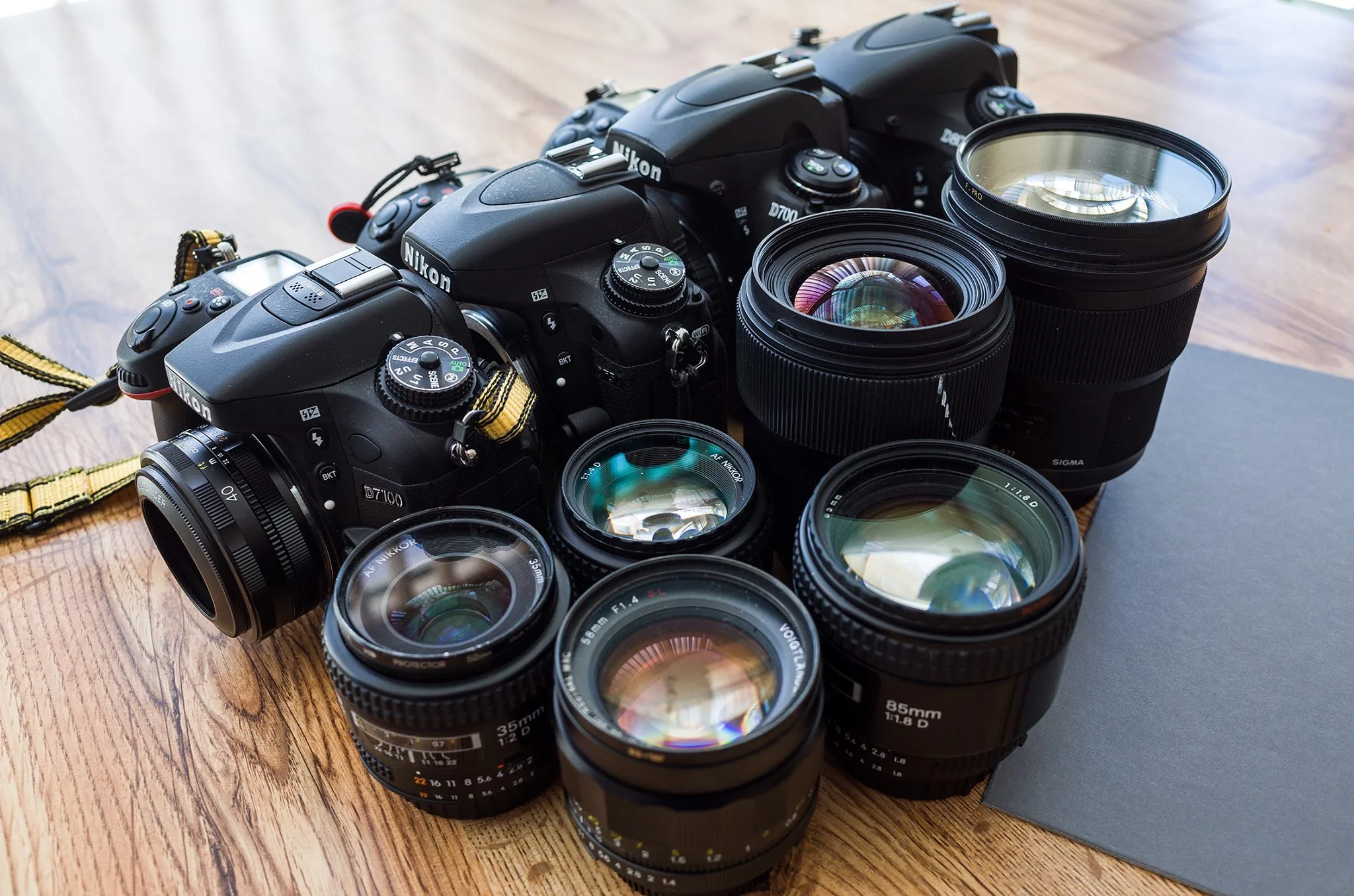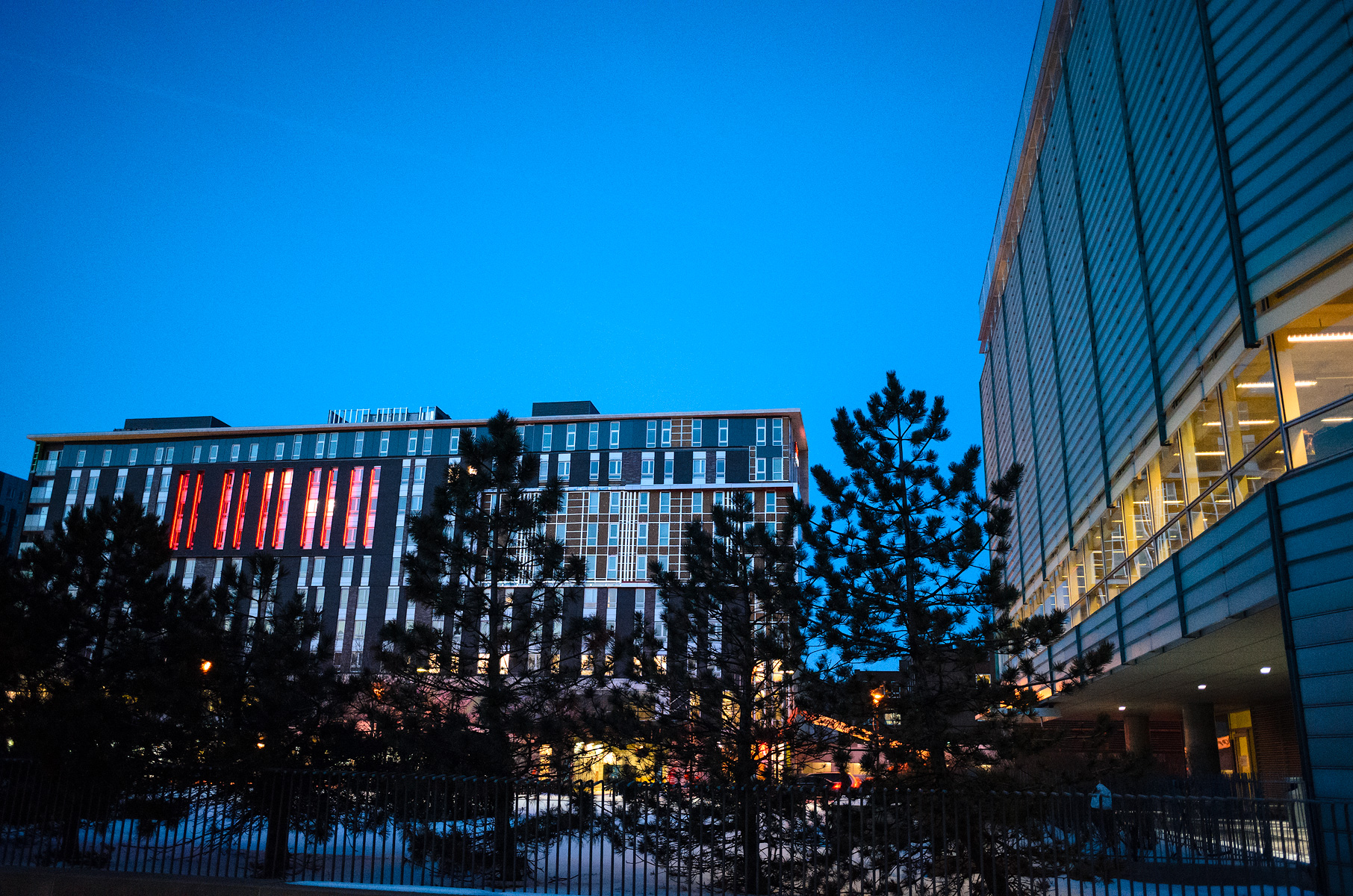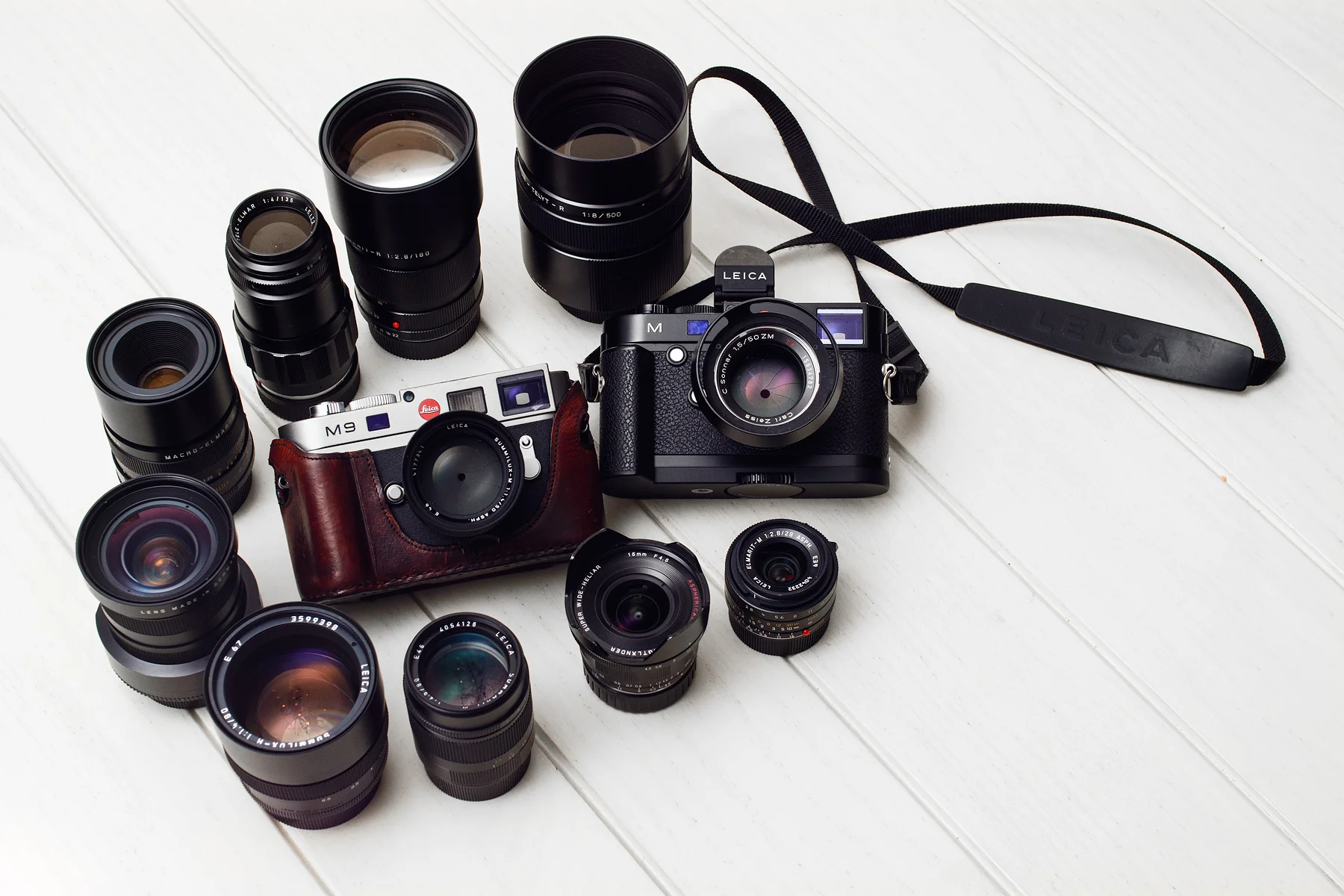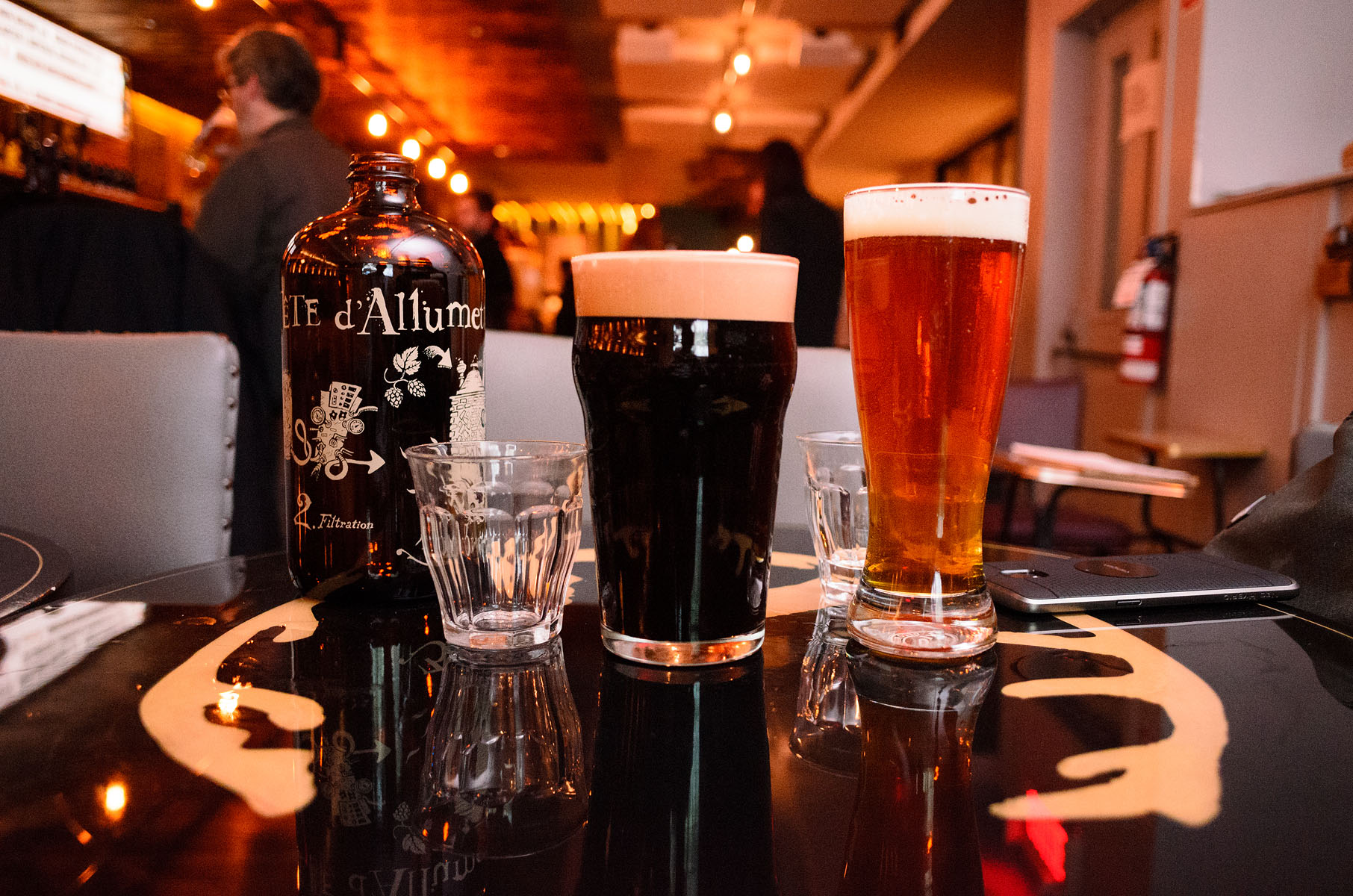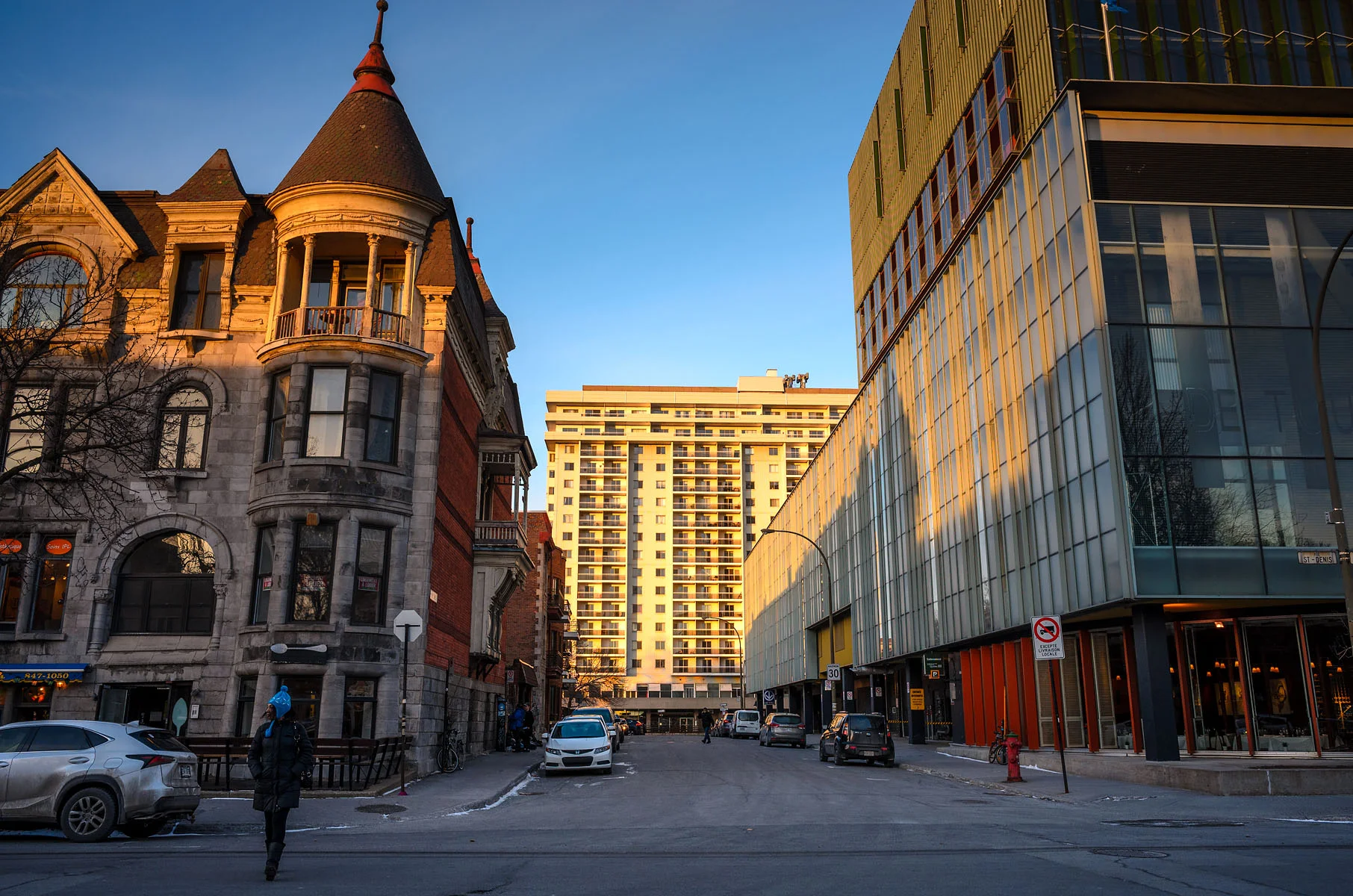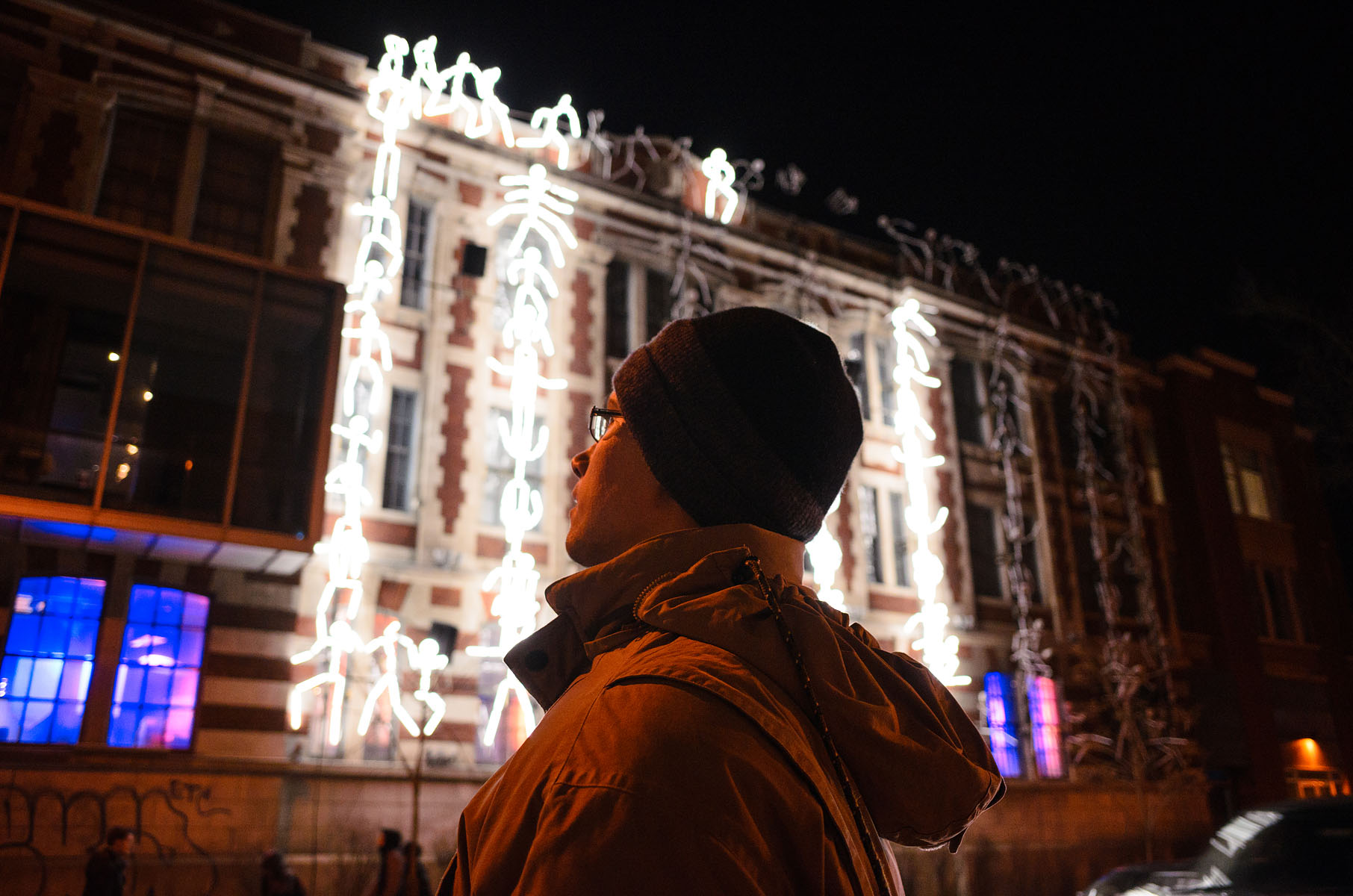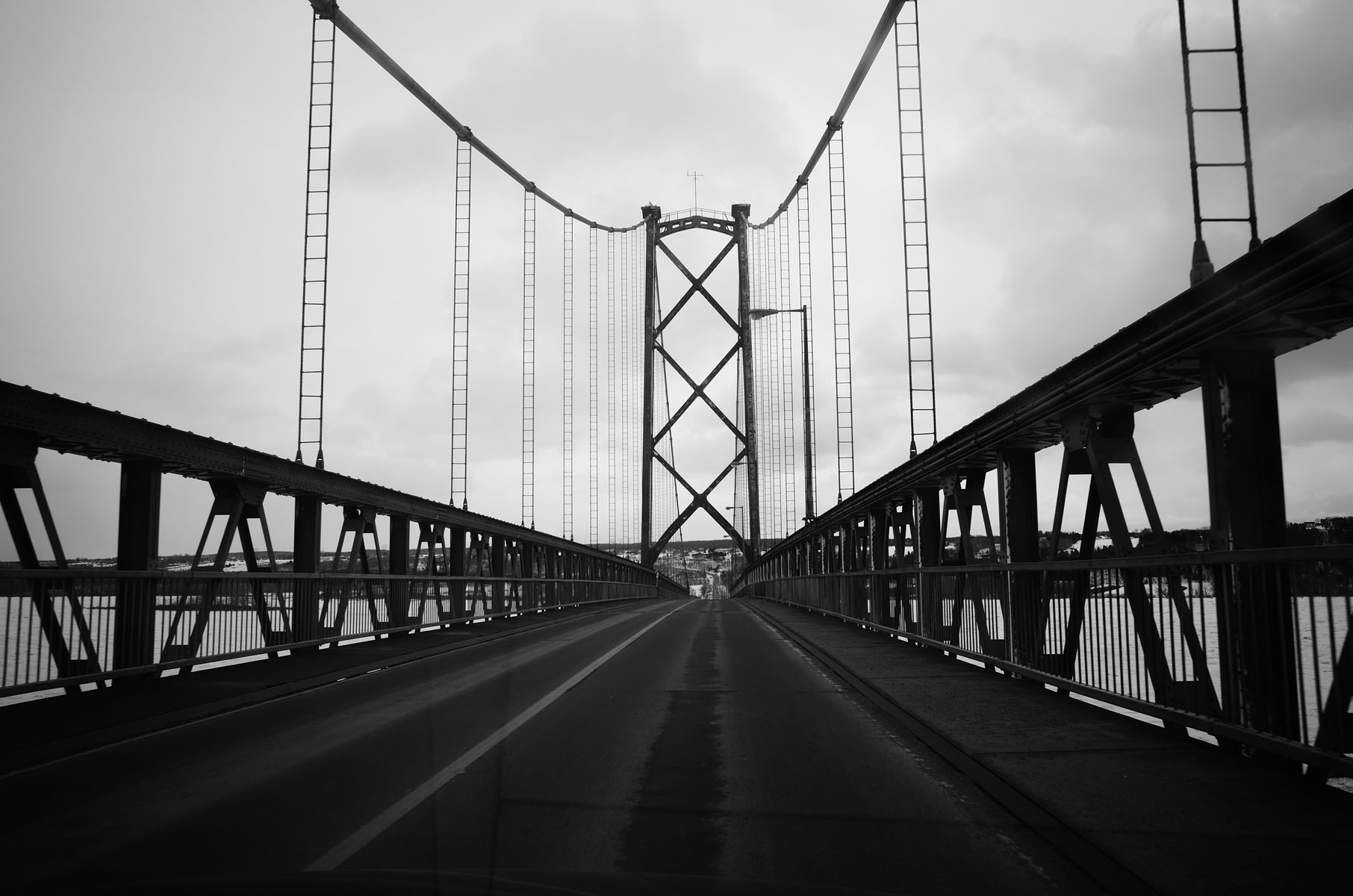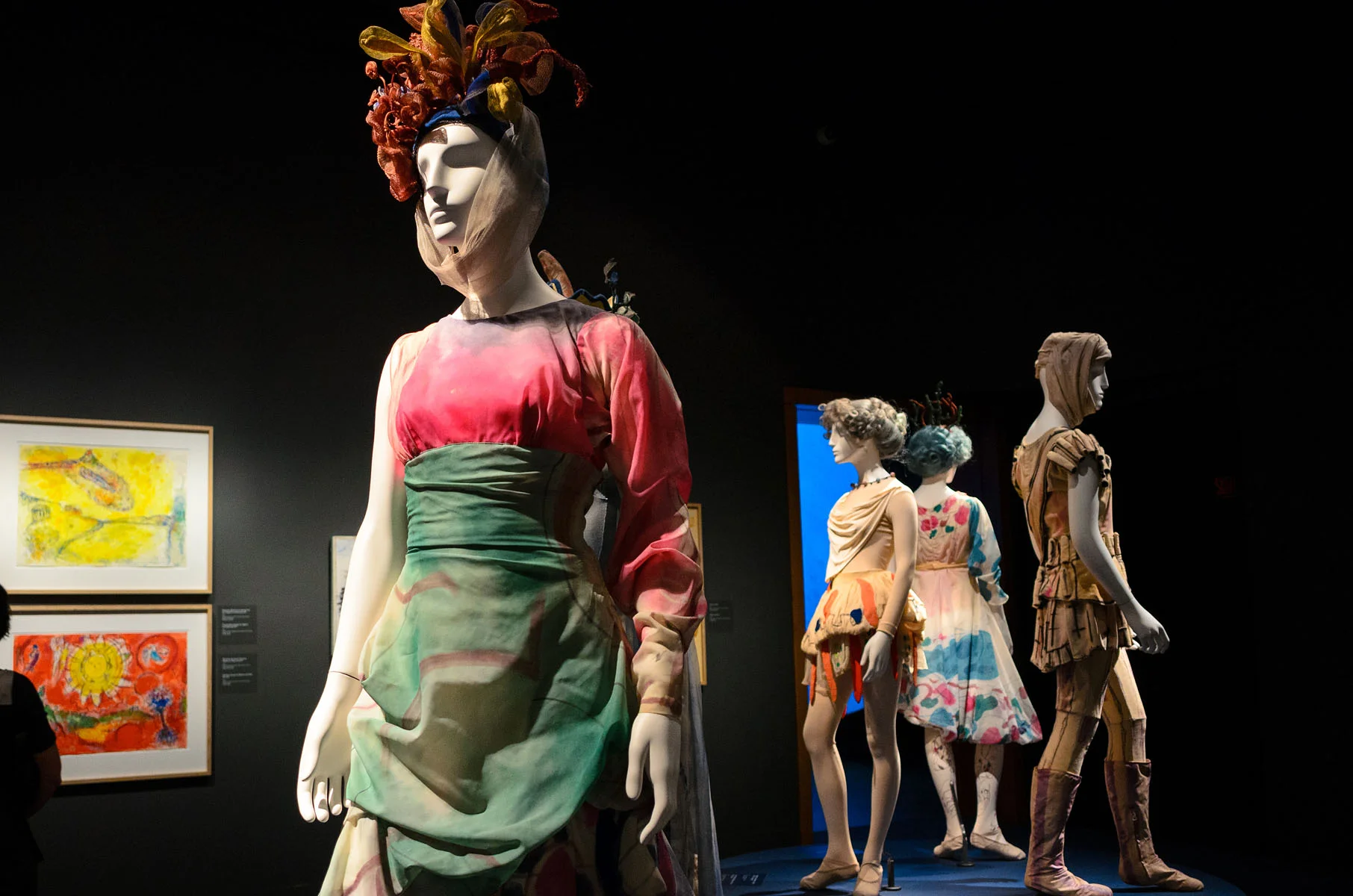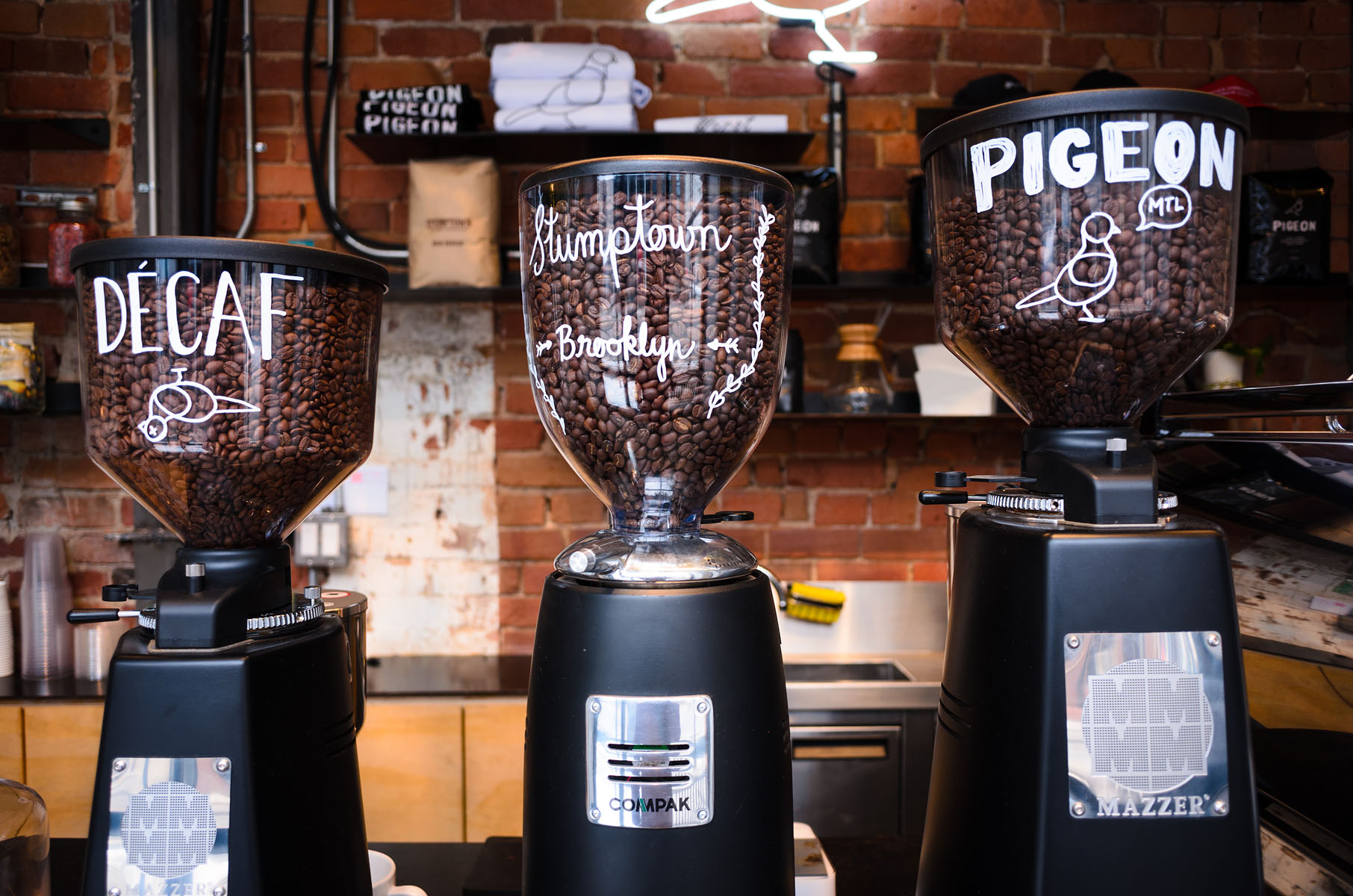Nikon DX: a missed opportunity
20mm FX vs 18mm DX...
Lately, I’ve been enjoying my Nikon Coolpix A quite a lot over the switch from my dying GR. Decently sized filterless APS-C sensor, optimized 28mm prime lens, gorgeous colors, majestic looking silver body, the camera is simply a dream to use and own. Since then, I’ve been toying with the idea of using a DX camera for everyday life snapshots that require a tighter crop (say a “50mm" and telephoto option). That’s when I picked up a Nikon D7100 and went a few weeks trying to make this solution work for me. The nostalgia of my photography debuts (D80, D90, oh yeahhh) took over me for a week or two. I’ve waited for it to wear off before writing this article. Unfortunately, the honeymoon was cut short by the lack of great first party lenses for the DX format. Here’s my attempt to explain why.
The size appeal of DX
Awesome retro-fake camera system with worst RAW files you'll ever get (yes worst than Sony... okay same as... okay maybe...)
A simple look at the Fuji XF system is enough to witness premium APS-C sensor body and sensor-specialized lenses almost done right (especially since the XF 23-35-50 f2 WR line came out). As part of the benefits of an already smaller camera, prime lenses are undeniably smaller. Since they are made for a sensor smaller then full frame, the size of the glass elements can be reduced without much damage to image quality. More glass can be used for correcting the larger chromatic aberrations coming from a tighter crop of the lens elements of less corrected lenses like the old 35mm film lenses. While this also means diminishing the amount of tonal information (aka micro-contrast) being transmitted through the barrel into an already smaller and denser sensor, a clever digital signal processor design could potentially extract more information off the captured signal from the sensor: less power needed for capture, more power dedicated to processing.
The appeal of Nikon
All Nikons, all compatible, all comfortable, all badass to the bone (forgive the Sigma ART pollution there but there's a Voigtlander in front!)
While having a decent collection of reasonably sized prime lenses, the issue with Fuji though is the lack of dSLR grip ergonomics to help with achieving shooting stability and diminish hand fatigue over the use of larger optics, said problem not found in the likes of any Nikon DX dSLR as they were almost all made to nearly support the weight of a trinity zoom with great comfort (something the XT2 can only achieve by adding a battery grip). While Fuji jpgs are known to be amazing, less can be said about its RAW compatibility (inferior to that of m43 cameras, which also have sensor-optimized optics). Nikon on the other hand is a mature brand with proven chemistry with all raw processing applications for optimal rendition. The cameras are built like tanks, the AF system is mature, fast and reliable. Yes I still believe the technical image quality of the Toshiba d7100 is superior to the likes of anything else (even the Sony A6500).
Missed opportunity: No DX premium primes.
Nikkor AF 50mm 1.4D... look at that glow! Yikes! My eyes!!!
Sensor optimized premium prime lenses are missing for close to max aperture shooting. Yes, one can use FX lenses on a DX camera and claim that all lenses transmit the same light, but optical correction for FX sensors is less demanding than DX sensors. A lens that looks good on FX requires to be closed down even more on DX to maintain its image quality as any optical defects can be amplified 1.5 times more by the tighter crop. Such drastic aperture closures would remove the format’s ability to offer fast focus falloff and the format’s lowlight exposure versatility. I’d be totally fine shooting with corrected lenses like the AF-S G series on the D7100 but even those don’t seem to look as crisp as they do on FX near their max aperture. Their focus falloffs seemed in half-transitions compared to sensor-optimized optics (on Fuji and M43 format) that take this optical feature in account and ensure its proper rendition qualities. Below are some examples of terrible rendition with the Nikkor AF-S 28mm and 85mm 1.8G.
To put things in perspective, here's some close ups of amazing DX rendition by the Coolpix A camera with no optical correction applied.
Still use DX?
Camera porn shot taken with the D7100 + Voigtlander 40mm lens. Gorgeous.
I’m not saying DX is dead, but it definitely doesn’t offer the image quality flexibility of FX. Lens chromatic aberrations that appear in challenging lighting will penalize the user more should he open his lens wider than f3.5. It also pairs well with AF-D lenses for daylight f5.6 shooting depending on the kind of lighting you are working with. Nikon feels like it has given up trying to make great lenses for DX. This explains the unusually large quantity of travel zooms for the system… As it stands, the Nikon DX lens system is only relevant when the user doesn’t attempt to blur the background but takes advantage of its depth, tonal and micro-contrast richness in large depths of field conditions like landscape/products/travel. Another DX benefit is a full coverage of AF points for catching moving subjects in any light. The Nikon D500 that just came out in 2016 proves the relevancy of the format.
An ideal initiative for the future
Silver Coolpix A, gorgeous bling, 28mm 2.8 equiv, leaf shutter, A New Hope.
The lens on the Coolpix A isn’t perfect. It has some corner falloff and color cast issues I can deal with. What I can appreciate though is its ability to draw a strong, well resolved, well rendered image with rich tones and micro-contrast. If Nikon ever consider building a “lighter” enthusiast system for those who require a more portable system than FX, it needs to consider building a full set of “Coolpix A quality” primes for DX. With the new focus on “higher-end” photography gear following the company’s “extraordinary losses”, I’d wish they wake up and support their only successful camera of 2016 (the D500). For now, we can only hope by looking at image made by the 2013 Coolpix A... Here's a few of them btw (okay a lot of them)

